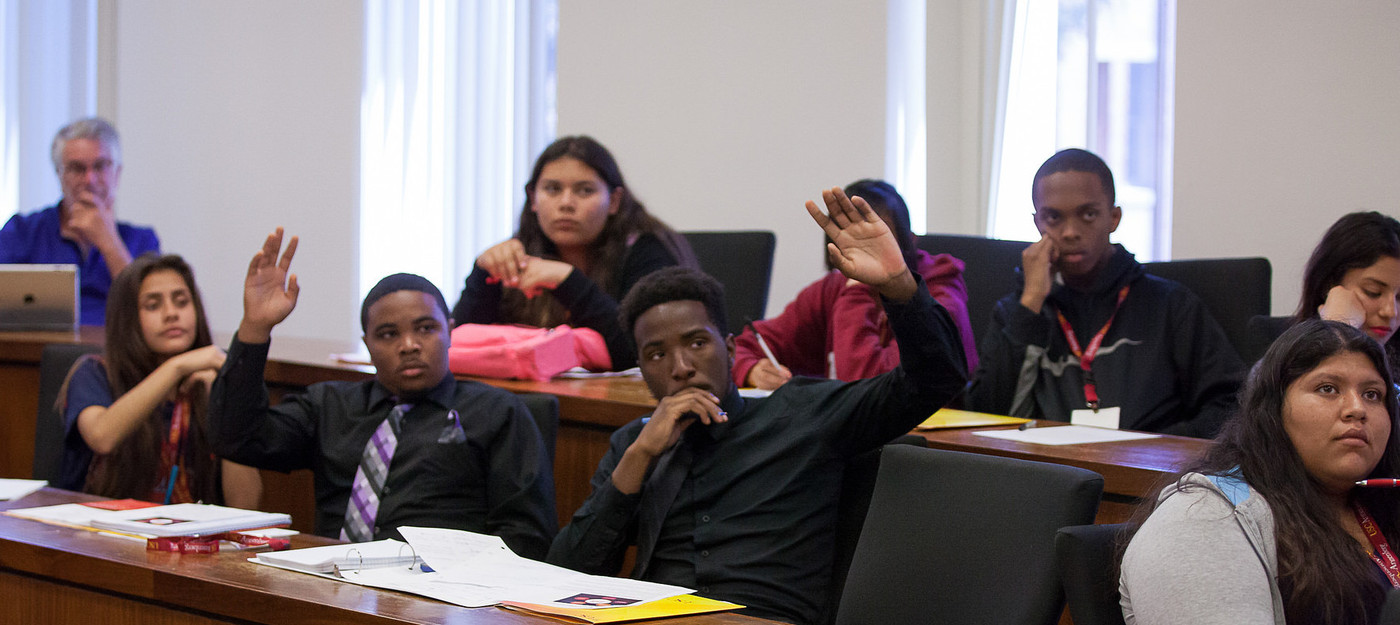
Jul 11, 2016 12:00:00 AM
When researchers compared multiple results on the same measure for the same teachers, the student surveys were more likely than achievement gain measures or observations to demonstrate consistency.These findings shouldn’t be surprising. Observations made by administrators or principals happen less frequently than the continuous evaluations students make of their teachers. Intentionally or not, teachers can perform differently during these periods of observation. Students actually do take the opportunity to provide serious feedback. Moreover, the resulting measures of evaluation are more consistent than other evaluation tools. Well, doubters have said, it’s one thing to have student voice in the classroom. It’s another thing to have student input on decisions beyond the classroom. This is the second myth.
Many researchers have noticed that by not involving students, and particularly those students who are failing subjects or rarely attending school, it is easy for school reformers to shift the blame for failure onto students rather than to look at problems in school culture and leadership that reinforce student failure.Students force adults to confront uncomfortable realities. And I think we can all agree that we need more people who are willing speak truth to power. Furthermore, students have unique, grounded contributions to discourse. This is another one that may seem obvious to those who work with students on a regular basis. But I’ve heard some say that student perspectives are accounted for by adults’ accumulated wisdom. Studies dating back to 1997 have disproven this rationale, concluding that the perspectives of students really can’t be replicated by adults.
Matt Fulle is an intern at Education Post and an undergraduate at Northwestern University's School of Communication studying communication studies and legal studies. He has spent the last 5 years working to advance student voice in education reform. In high school, he helped to start a pilot program for student surveys as a form of teacher evaluation for the Seattle Public School District. In college, he was the external programming coordinator for Northwestern University's chapter of Students for Education Reform.
Few issues in education spark more tension and debate than standardized testing. Are they a tool for equity or a burden on students? A necessary check on school systems or a flawed measure of...
Charter schools are public schools with a purpose. Operating independently from traditional school districts, they're tuition-free, open to all students, and publicly funded—but with more flexibility...
Despite the benefits of a diverse teaching force, prospective teachers of color fall out of our leaky preparation pipeline at every stage: preparation, hiring, induction, and retention. Here’s what...
Ed Post is the flagship website platform of brightbeam, a 501(c3) network of education activists and influencers demanding a better education and a brighter future for every child.
© 2020-2025 brightbeam. All rights reserved.
Leave a Comment